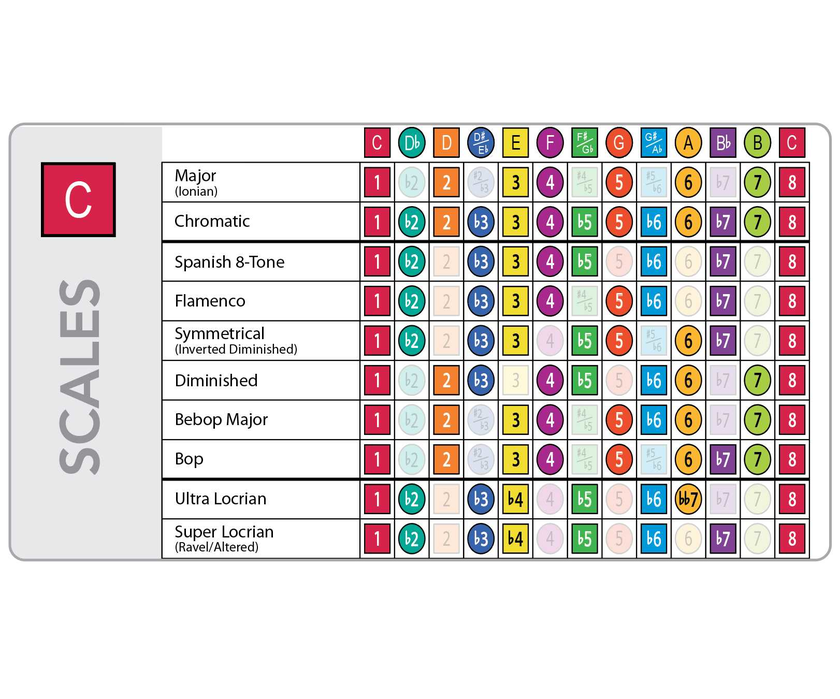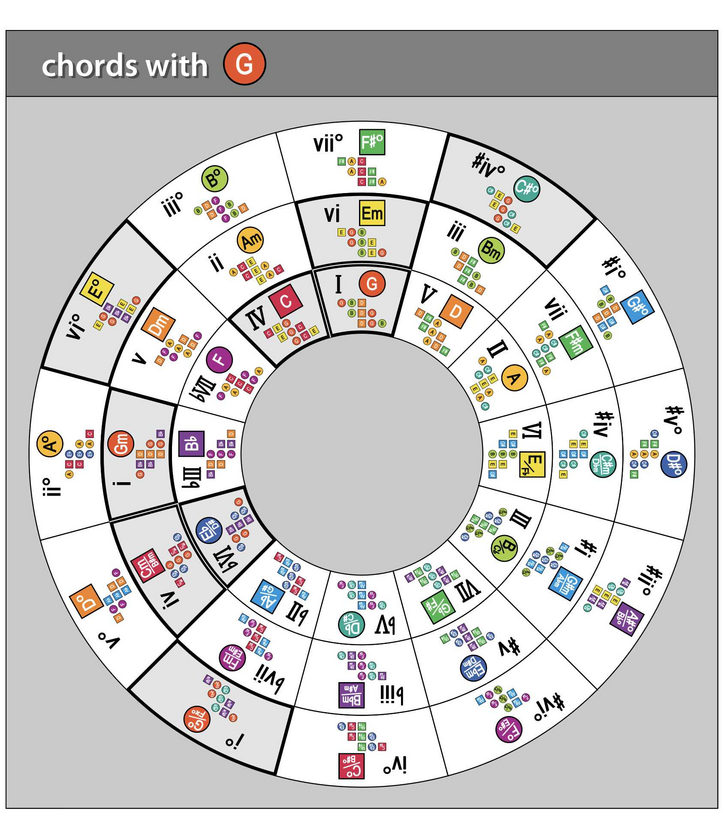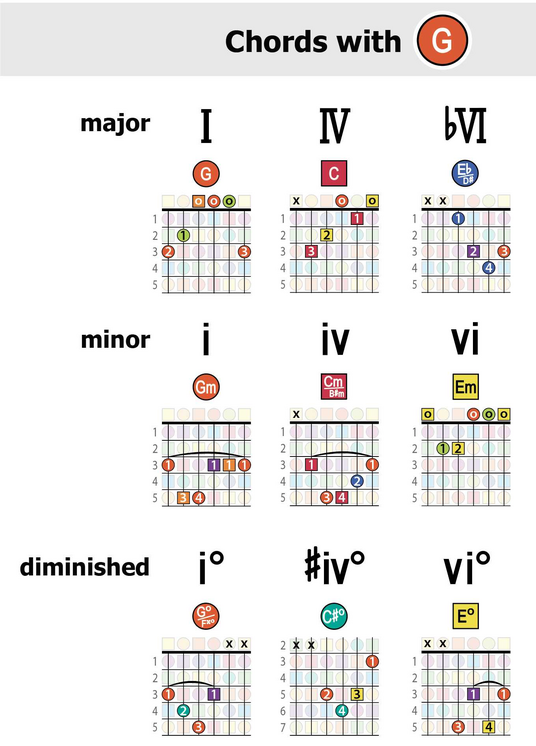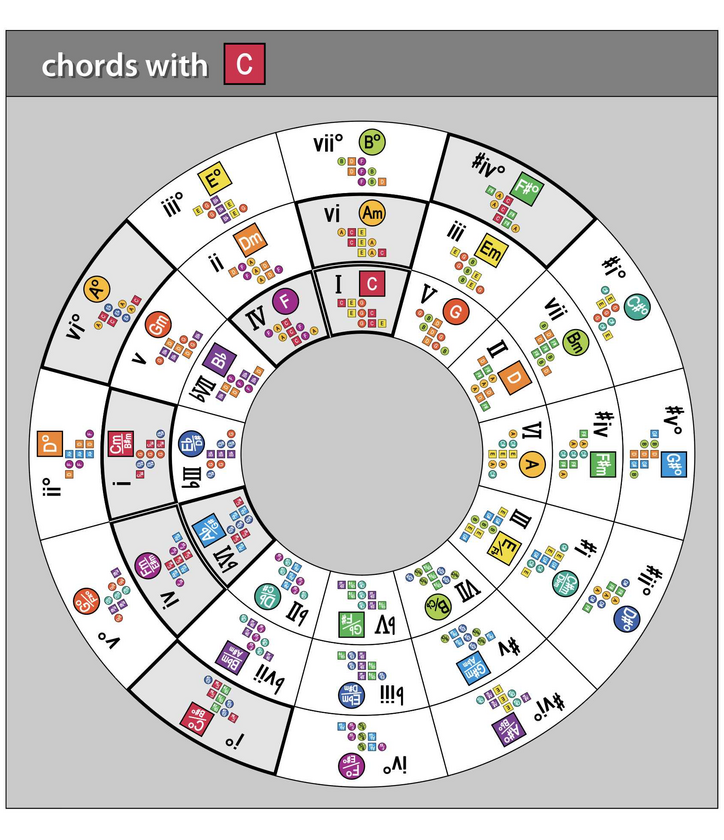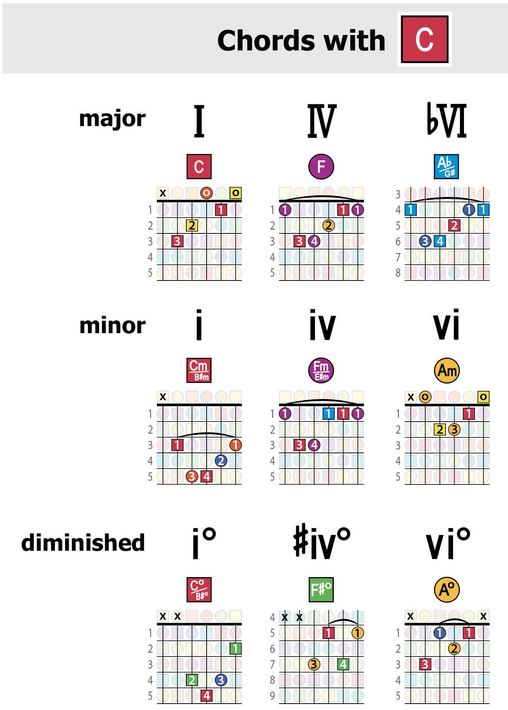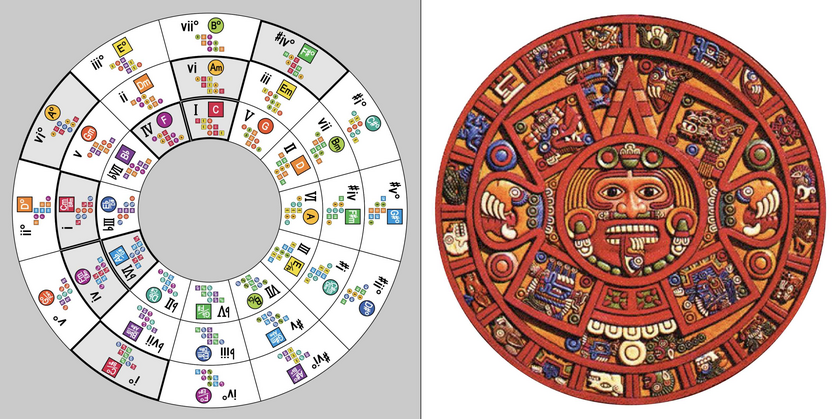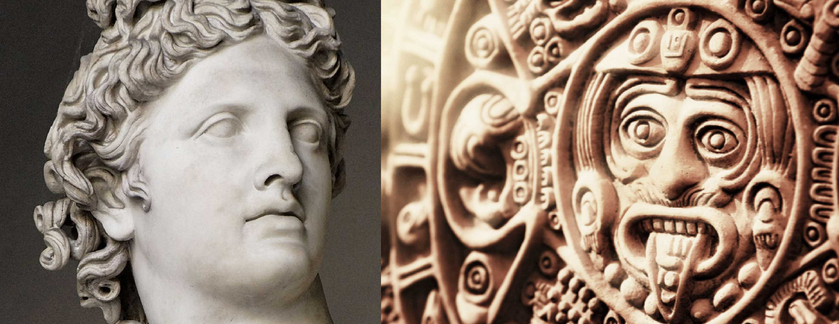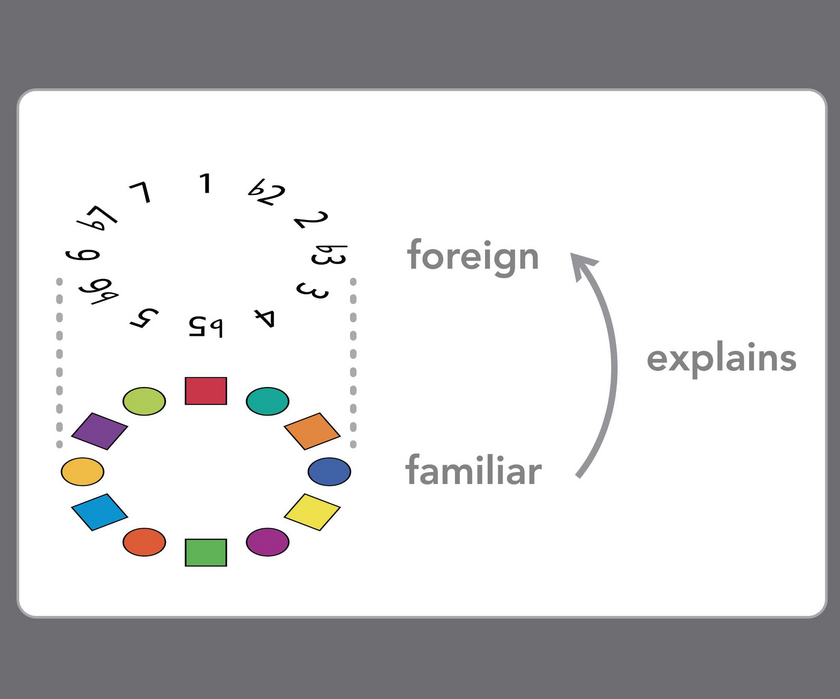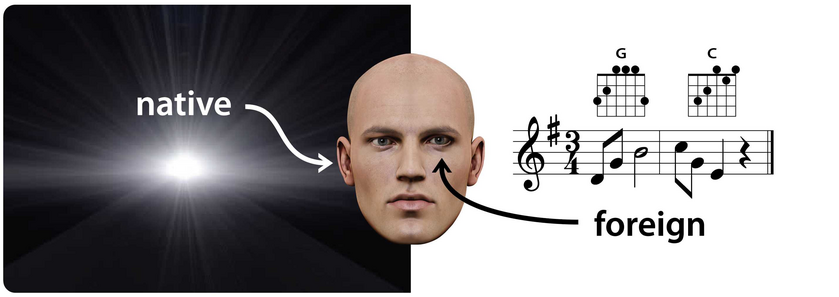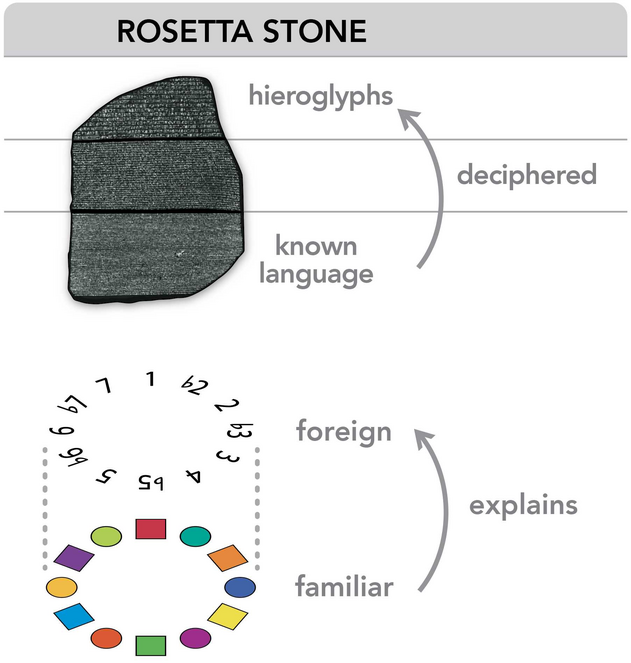Scales are important in music -- because they provide a range of moods you can use in songs. Scales establish the vibe of a tune. And they do this by forming the basis of both the melody and harmony of a composition.
By rearraning the notes of a scale, you form melodies. And by combining the notes of that same scale, you also build the chords that support the melody.
So scales are foundational to the art of songwriting. And what's cool is that there are MANY different scales to choose from -- where each is just a different pattern of intervals that spans an octave.
For example, if we start with the chromatic scale and select the C major scale as a subset, you can see how the pitches can either rise or fall ... always landing on the same tonic (or tonal center), which in this case is C:

 Together, these notes -- C, D, E, F, G, A, B, and C -- have a distinctive sound. And this sound is based on the pattern of intervals (in this case, whole-steps and half-steps) that separate the various notes.
Together, these notes -- C, D, E, F, G, A, B, and C -- have a distinctive sound. And this sound is based on the pattern of intervals (in this case, whole-steps and half-steps) that separate the various notes.
Using numbers, we can also label these intervals more generally, like this:

Now here's where it gets especially cool. And that's because we can use different interval patterns -- different numbers sequences -- to create a variety of scales. Like these....
